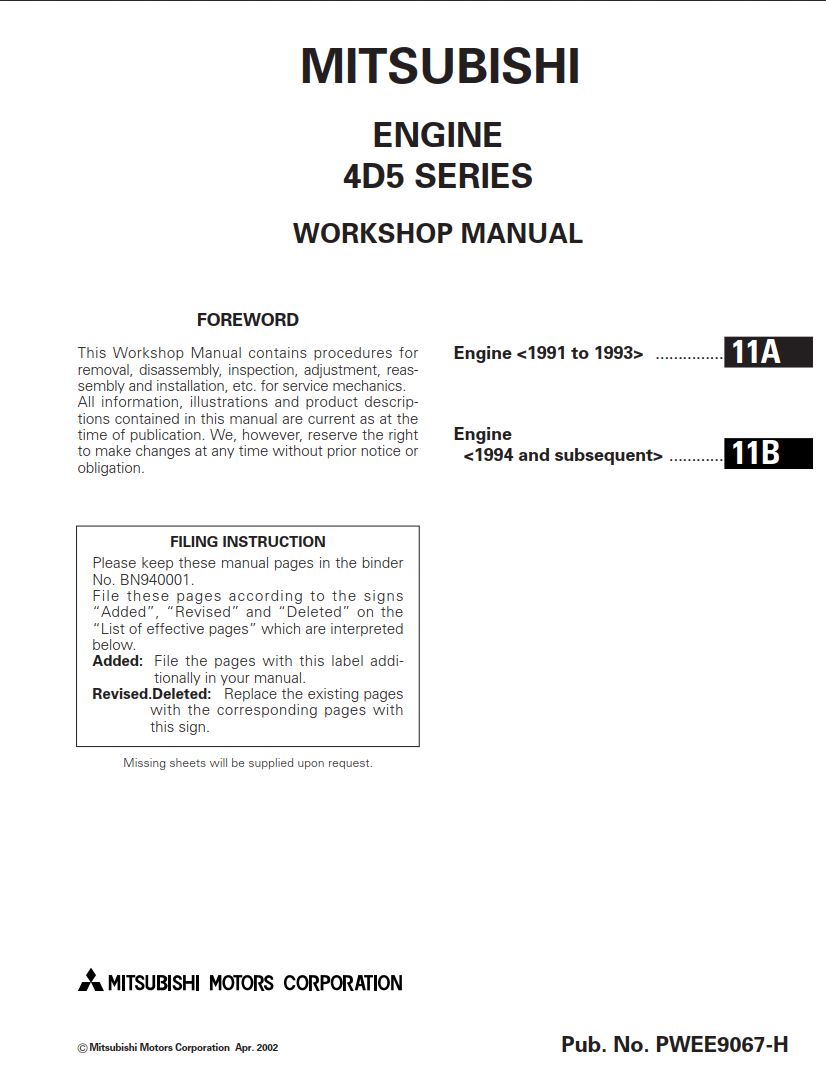

At a payload of 2 tons it was equipped either with the 90 PS (66 kW) KE42 gasoline engine or the 68 PS (50 kW) 4DQ11A diesel engine. The T720 Canter had two round single headlights but the facelifted version from 1964 had a set of round twin headlights. The very first Canter was the successor of the T710 produced from 1960 through 1963.

This system is preferably used here because of its expressiveness (for details see model box of seventh generation). Starting with the seventh generation Fuso introduced a naming system similar to that used by parent company Daimler in Europe, in Australia and New Zealand a similar system had been introduced. FE71, FE83) opposed to North America where the numerical part of the model name represents the gross weight in hecto pounds (hlb.), e.g.

In Indonesia model names are based on the chassis codes (F codes, e.g. E.g., in Japan a Canter 15 is a truck with 1.5 tons payload while pretty much the same truck in Europe was denominated as Canter 35 because of its 3.5 tons gross weight. There are several naming systems depending on time and market. For developing countries a simplified version with Mitsubishi engines is available as General Export Modell. The eighth generation fitted with these "World Engines" is determined to developed countries with strict emission limits, furthermore it is available as EcoHybrid and as an all-electric eCanter. In 2010, still with the seventh generation, at Tramagal new more environmentally friendly power trains were introduced with Iveco F1C diesel engines by Fiat Power Train (FPT) and transmissions from ZF Friedrichshafen. Further adoptions exist to local markets including engines and exhaust gas treatments.

MITSUBISHI 4D34 ENGINE WORKSHOP MANUAL SERIES
In Japan the Canter series include the Canter Guts, a 1.5 ton payload truck specially adopted to the rules for the Japanese class of compact vehicles but the term Guts is not always used. Nowadays there are two line-ups in parallel ( Eighth generation and General Export Models) each with narrow or wide variants from 3.5 to 8.5 tons gross weight. Presumably starting with the fifth generation the JDM Fighter Mignon was sold for Export as "Canter 75", "Canter HD" or "Canter FH", during the seventh generation a twin rear axle Canter was available and since 2018 the Nissan NV350 is exported to the Near East as a Canter Van. About since the introduction of the fourth generation the line-up of the Canter was increasingly expanded und today the Canter label covers a variety of products. When the alliance failed Daimler already owned the majority in MFTBC and sales rights remained at Daimler.Īt its beginning the Canter was a narrow vehicle with 2 tons of payload. Įarly after the DaimlerChrysler–Mitsubishi alliance was established the MMC distribution network in Europe was closed and taken over by Daimler.
MITSUBISHI 4D34 ENGINE WORKSHOP MANUAL PLUS
The Tramagal factory supplies to Western Europe ( European Union plus Norway and Switzerland) at a local sourcing rate of 50%. Fuso operates its own factories in Japan, Chennai/ India and Tramagal/ Portugal, further assemblies from CKD kits exist in Egypt, Portugal, Jakarta, the Philippines, Malaysia, Turkey and Russia. In total the Canter is marketed to more than 150 countries. Indonesia (there named "Colt Diesel" until 2022) has become the biggest export market since many years ago, followed by the Near East and Taiwan. The Canter is named after the English word describing the gait of a horse, emphasising the 'thoroughbred' nature of Mitsubishi trucks competing against the Toyota Dyna, ZIL-5301, Isuzu N-Series, GAZ Valdai, Mercedes-Benz Vario, Avia D90/D120, Renault Trucks D, Tata LPT 613, Hyundai Mighty, and Nissan Atlas.Įarly export sales began to South East Asia only, but shortly later the series began seeing export to other markets including Australia, New Zealand, the Near East and since the mid-eightys North America. The Canter is manufactured since 1963, now in its eighth generation. The Mitsubishi Fuso Canter ( Japanese: 三菱ふそう・キャンター, Hepburn: Mitsubishi Fusō Kyantā) is a line of light-duty commercial vehicles manufactured by Mitsubishi Fuso Truck and Bus Corporation, part of Daimler Truck, subsidiary of Mercedes-Benz Group. Naberezhnye Chelny, Russia (Fuso KAMAZ Trucks Rus) Santa Rosa, Laguna, Philippines (Jan 2015–present) Mitsubishi Fuso Fighter Mignon (7.5t+ variant)Ĭainta, Rizal, Philippines (1964–2015) Mitsubishi Fuso Colt Diesel (Indonesia, 1975–2022) Mitsubishi Fuso Truck and Bus Corporation (2003–present) Mitsubishi Motors Corporation (1963–2002)


 0 kommentar(er)
0 kommentar(er)
